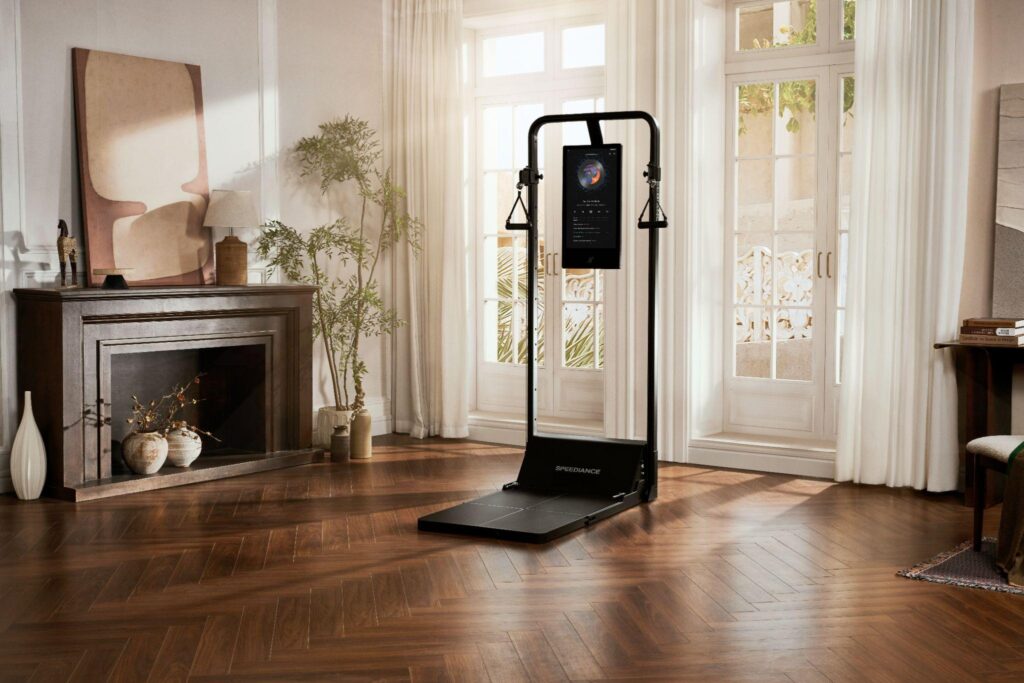Creating a home gym doesn’t require a large room or expensive machines. With smart planning, good organization, and a bit of creativity, you can build a functional workout space almost anywhere. Whether you live in a small apartment or a spacious house, a home gym helps you stay active, healthy, and consistent with your workouts.
Why a Home Gym Makes Sense
A home gym gives you freedom and convenience. You can work out on your own schedule without commuting or waiting for equipment. It saves time and money while offering privacy and comfort.
You can exercise for short sessions throughout the day, making fitness a natural part of your routine. Even with limited space, compact and foldable machines make it possible to perform full-body workouts at home.
Assessing Your Space
Choose a Location
Look around for underused spots in your home. A spare bedroom, garage, or even a section of your living room can work well. The key is to choose a location that’s easy to access and feels comfortable enough to motivate you.
Measure Carefully
Measure your available area before setting up equipment. Ensure you have enough space for movement and safety. Try standing, stretching, and performing basic exercises in the area to check comfort and range of motion.
Consider Flooring and Ventilation
Good flooring makes a big difference. Rubber mats or foam tiles protect your floor, reduce noise, and provide better grip. Proper ventilation keeps the space cool and fresh, so consider adding a fan or opening windows during workouts.
Choosing Equipment Wisely
Multi-Use Machines
Choose equipment that allows multiple types of workouts. Compact systems and digital resistance machines are great for small spaces and can replace several bulky items. They help you perform strength and cardio training without crowding the room.
Storage-Friendly Gear
Look for gear that folds or stacks easily. Adjustable dumbbells, resistance bands, and yoga mats can be stored in closets or under beds. Wall hooks and shelves are great for organizing smaller items and keeping your space tidy.
Prioritize What You Use
Start with the basics that match your fitness goals. If you do yoga or bodyweight exercises, focus on mats and bands. If you prefer strength training, choose compact weights or a foldable bench. Avoid unnecessary items to keep the space efficient.
Layout and Design Tips
Create a Defined Zone
Even if your gym shares space with another room, define it clearly. A simple mat or rug can visually separate your workout area and help you focus during exercise.
Keep it Uncluttered
A clean setup improves motivation. Store your equipment neatly and avoid filling the area with unrelated items. Vertical storage helps free up floor space for movement.
Smart Equipment Placement
Place heavier equipment along walls and lighter or frequently used gear in front. Keep your workout zone open and easy to navigate. A good arrangement helps you transition smoothly between exercises.

The product in the picture is Speediance Gym Monster 2 and Velonix.
Lighting and Mirrors
Bright lighting and mirrors make a small gym look larger and more inviting. Mirrors also help check your posture and add depth to the space.
Make It Functional and Inspiring
Use Technology
Smart fitness equipment or workout apps can guide your routines and track progress. They add variety and motivation, especially for solo workouts.
Personalize the Space
Add motivational posters, plants, or your favorite music setup. Small details make your gym more inviting and reflect your personality.
Keep it Flexible
Use foldable benches or rolling storage carts to easily adjust your space. This flexibility allows the same area to serve other purposes when not in use.
Routine and Habit
Keep your equipment visible and ready. Having it in sight reminds you to stay active. Short, consistent workouts often lead to better results than long, occasional sessions.
Budget-Friendly Solutions
You don’t need to spend much to create an effective home gym. Start with inexpensive items like resistance bands, yoga mats, or a jump rope. Add more equipment gradually as you progress. The most important thing is to stay consistent and enjoy your workouts.
Maintenance and Safety
Clean your space regularly and check equipment for damage. Make sure weights and machines are stable to avoid accidents. If you have kids or pets, store heavy items safely after use. A well-maintained gym is safer and more motivating.
Final Thoughts
A home gym can be achieved anywhere with creativity and planning. Whether you have a whole room or just a small corner, you can design a fitness space that fits your goals and lifestyle. Focus on comfort, safety, and simplicity. With regular use, your home gym will soon become one of your favorite places to recharge, move, and stay healthy.

